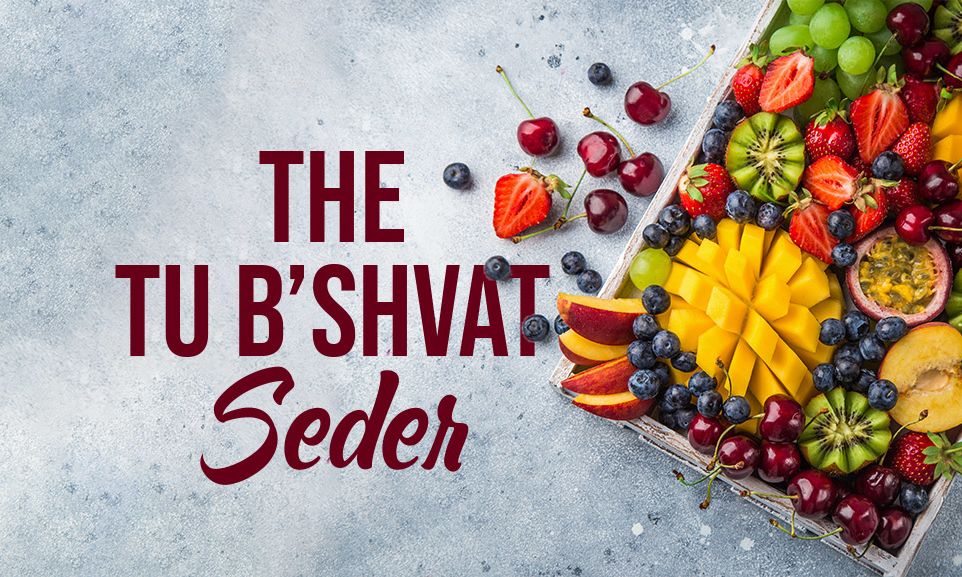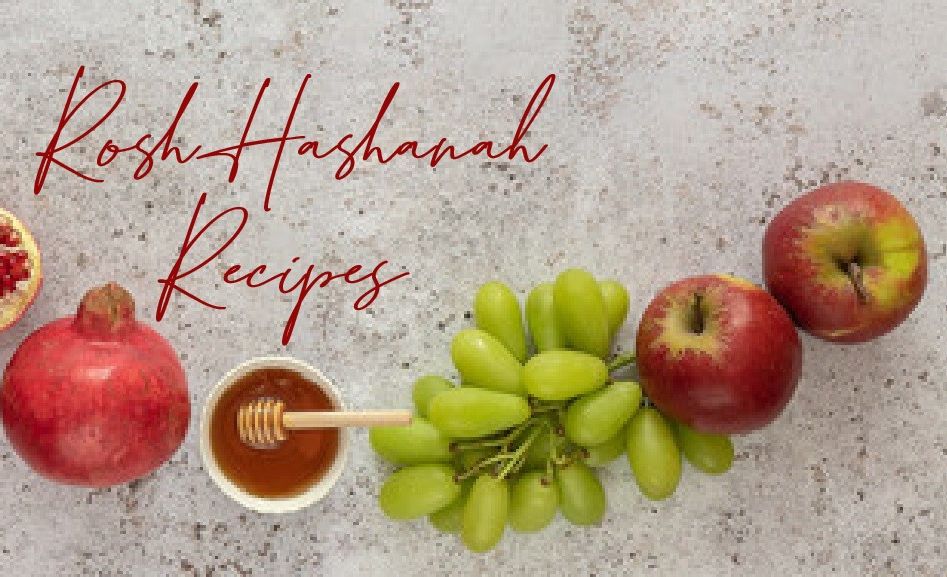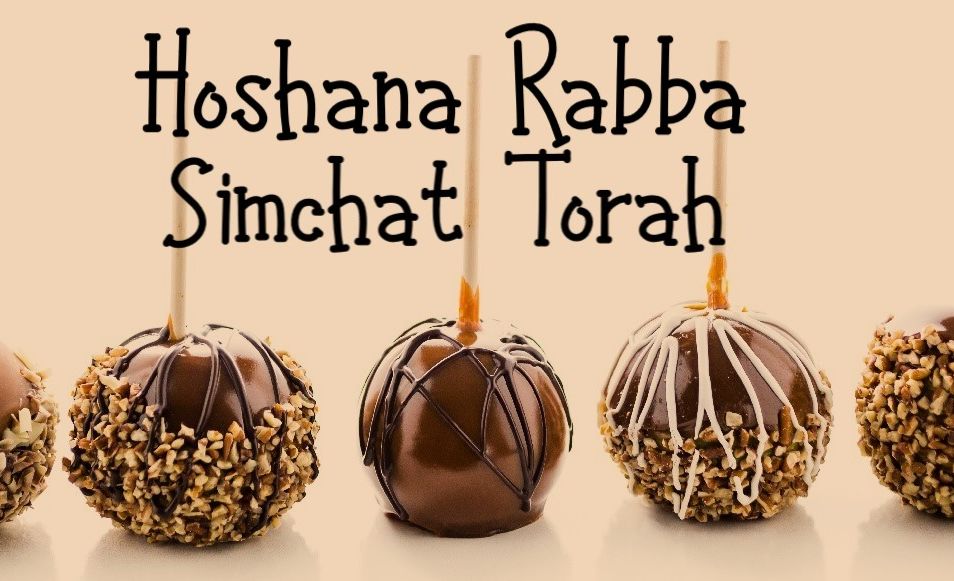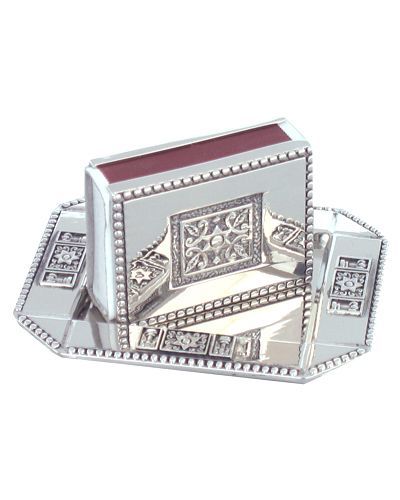
The Tu B’Shvat Seder
Many people traditionally celebrate Tu B’Shvat – the New Year for trees – with the lovely custom of having a “Seder” where they rejoice in the exquisite fruit of the trees.

Tu B’Shvat celebrates the “rebirth” of the trees. It marks the beginning of the slow process when the trees begin blossoming and flowering with new life and new fruit.
Some have the tradition to eat something from all of the seven species – wheat, barley, grapes, figs, pomegranates, olives, and dates – that have a special significance in Eretz Yisrael.
You know how on Pesach we sit down to a Seder? Well, there is a Tu B’Shvat Seder too! Tu B’Shvat Seders are en vogue these days, really! Four cups of wine are also served up, along with foods made from the seven species and other uncommon fruits. A Tu B’Shvat Seder is a wonderful way to celebrate this holiday – and you can make your own rules!!
In 16th century Safed, Kabbalists (Jewish mystics) jazzed up the holiday of Tu B’Shvat by creating a special Seder, reminiscent of the Pesach Seder with its order and rituals, but with a different focus.
The purpose of the Tu B’Shvat Seder is to express appreciation for nature and to recognize the miracle of Hashem’s role in creation. Both the Passover Seder and the Tu B’Shvat Seder have four cups of wine. But the color of the wine changes throughout the Seder, going from white to rosé to red, symbolizing the changing seasons.
Foods at the Seder
[Editor: The following foods are typically included in the Seder:
- The seven species by which Eretz Yisrael is known for (Devarim 8:9-10):
-
- Figs
- Dates
- Pomegranates
- Olives
- Grapes (or raisins)
- Wheat and barley (in the form of bread, cake or cereal)
- Nuts with the shells (walnuts, almonds, pistachios, coconut)
- Fruits with peels (oranges, pomegranates, avocado)
- Other fruits with edible seeds (for example, blueberries)
- Other fruits with inedible pits (for example, peaches, plums)
- Wine or grape juice, both white and red
- Tzedakka charity box
Important note: Make sure that the fruits and nuts are bug-free! Bugs are especially common in figs, dates, and dried apricots. To check them, split the fruit in half and look carefully before eating. ]
There should be many different kinds of fruit at the Seder, beginning with one that is hard on the outside and soft on the inside, such as walnuts, coconuts or almonds. The hard shell symbolizes the protection that the earth gives us and reminds us to nourish the strength and healing power of our own bodies.
The second fruit is soft with a pit in the center, for example, olives or dates. The pit symbolizes the life-sustaining power that emanates from the earth. It reminds us of the spiritual and emotional strength that is in each of us.
The third fruit is soft throughout and is completely edible, such as figs, grapes, and raisins. This type symbolizes that there are no barriers or limits to these simple gifts.
Tu B’Shvat Seder
The Tu B’Shvat Seder celebrates our yearning to return to the Land of Israel. The students of the Holy Arizal (Rabbi Isaac Luria in the 16th century, Sefad) compiled a Tu B’Shvat Seder somewhat similar to the Seder for Passover. It involves appreciating the fruits of the tree, particularly those native to the Land of Israel. The Tu B’Shvat Seder is based primarily on Kabbalistic sources. Since the order and the contents of the Seder do not follow specific Jewish law, there is much room for flexibility and creativity for each of you to conduct the Seder in your own way. By saying blessings and partaking in many kinds of fruits, we thank Hashem for renewed life. We honor the land of Israel by enjoying her fruits.
[Editor: The earliest published version of the Arizal’s Seder is called the Pri Etz Hadar, and it was arranged by an anonymous student of the Arizal. Click the link to print out the pamphlet (Hebrew and English) with instructions regarding the fruits to eat, the verses to accompany them, and the order to follow.]
Practical Guidelines for Conducting a Tu B’Shvat Seder
The Tu B’Shvat Seder facilitates partaking of the fruits of the Land in a mindful way, enjoying their colors, textures and tastes, while praising Hashem for the fruits with intentional blessings. For more than 30 years the special Tu B’Shvat Seder, which I enjoy with students, family and friends, is the centerpiece of my Tu B’Shvat celebration.
I recommend setting aside at least two hours to run a meaningful Tu B’Shvat Seder with enough time to share and discuss Torah about each of the fruits. Set your Tu B’Shvat table with four fruit platters arranged according to the Four Worlds. You can invite each of the participants to bring one kind of fruit and share insights about it. Be creative! You may decorate your table with fragrant flowers. Include songs and meditations of your choice between each of the sequences.
***
Jamie Geller is one of the most sought-after Jewish food and lifestyle experts worldwide. She is the bestselling author of 5 books and founder of Kosher Network International, publisher of JamieGeller.com featuring more than 10,000 recipes, articles, and videos. Check out her new #1 Amazon Bestseller, Brisket 101 and her new family meal plan “Fresh Families” at FreshFamilies.us.











Tell us what you think!
Thank you for your comment!
It will be published after approval by the Editor.